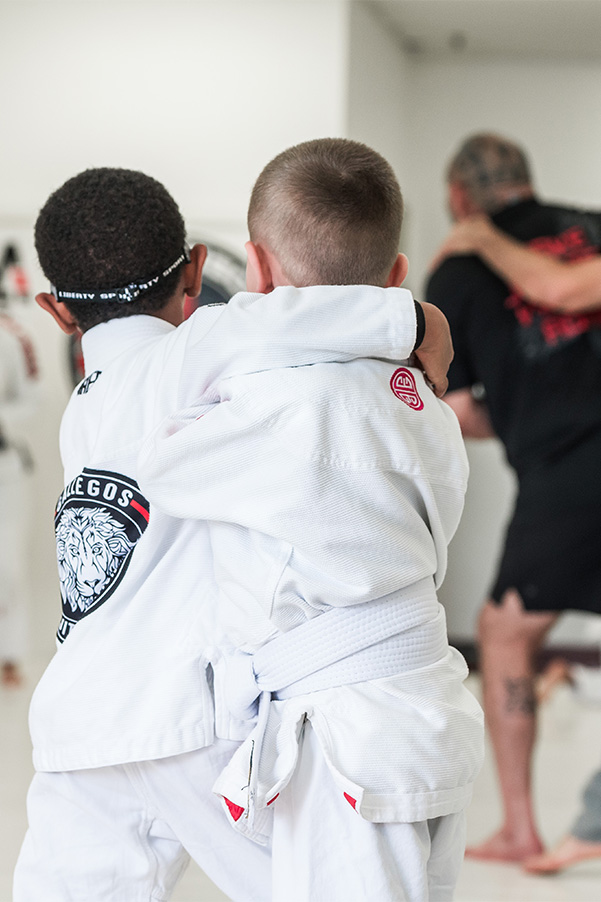
How Your Gym Benefits
Trusted insurance solutions and quality customer service.
We manage your insurance for you, so you can spend time on what you truly love – running a gym.
Insurance Protection
Every fitness facility is required to purchase liability insurance. We have insured over 20,000+ fitness professionals in the country.
Learn MoreFIT National Benefit Plan
An elegant solution to your health. Health Insurance and other Benefits specifically designed for gym owners.
Learn More Instant NEXOSync QuoteModalities We Serve
Clubs / Studios
Functional Fitness
Martial Arts
Jiu Jitsu
Krav Maga
Kick Boxing
Boxing
Pilates
Yoga
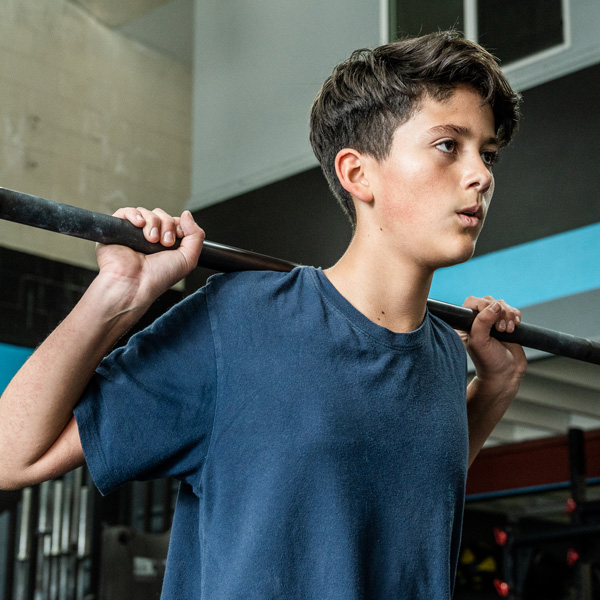
Experience the Difference
Why NEXO?
We are a dedicated team of passionate individuals helping fitness facility owners with their biggest challenge - finding affordable and comprehensive insurance. With over 15 years in business, our clients know they are in good hands with us.
Years In Business
All 50 States
Insured
Over 20,000 Served
When you turn to us, you leave behind worry surrounding your gym. Our insurance products have conquered the test of time – thousands of gyms choose NEXO.
Save Money And Time
We are committed to finding the best rates for our clients when it comes to insurance. By aggregating our clients together, we’re able to pass along the savings to our clients.
TRUSTED CUSTOMER SERVICE
Our team is experienced and ready to support you. Our technology will make the process easy, and our team members will quickly solve your questions and concerns.
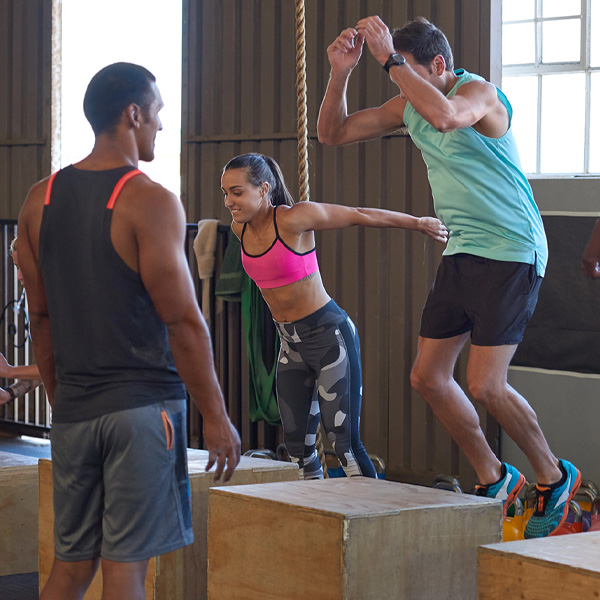
Apply Today
Get Your Personalized Quote Today
Over 20,000+ fitness professionals trust NEXO to protect their business. With our insurance products designed specifically for gyms, our clients can focus on what matters most – their members.
READ OUR BLOGS HERE
Insurance experts that know how to protect gyms.
Articles from leading experts in insurance and the gym business.
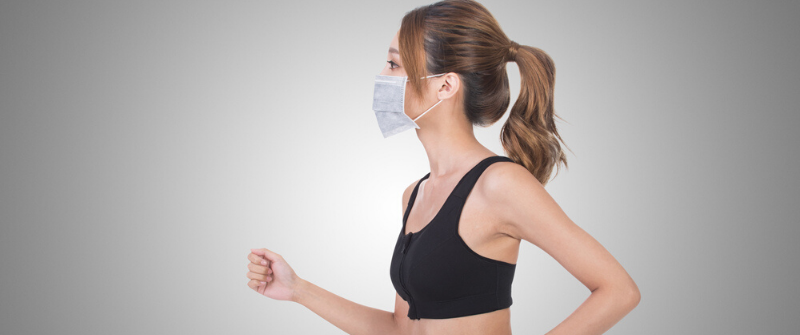
Consider the following:
When you reopen your gym’s doors in the upcoming days or weeks, you’re taking on a risk. Period.
The virus isn’t gone, nor is it going away in the next few months. Worst case scenario, you have an outbreak at your gym, people become sick or worse, and your reputation gets tarnished.
This isn’t to say we’re suggesting you don’t open. It’s simply to suggest that your efforts should be focused on figuring out when it is reasonably safe to open, and how to mitigate this risk as much as you possibly can.
“You have to lay out the safest experience that you can create, which by the way is not 100 percent safe,” is how OPEX CEO Jim Crowell put it.
With that in mind, When is the right time to open?

“It’s very much an it depends scenario,” said Crowell, who works with gym owners around the world on how to become more profitable (Learn how OPEX teaches fitness business in this free course). It depends on your city, your country, local politics, state politics and, of course, your own gym community.
Thus, step one is to figure out when is right for you.
Step 1: Consider when is best for your gym
While figuring out when is the right time to reopen needs to be done on an individual, case-by-case basis, Crowell said it’s important to first define what a successful reopening will look like for you. And then you should only open when you have reason to believe it will be a net positive for your community, Crowell said.
Another piece of the when puzzle comes down to educating yourself about the real numbers in your area. Being knowledgeable will also help you project safety and confidence to your clients and prospective clients when you do resume in-person services.
“You’ve gotta think about what is really going on in your community. Forget about all the opinion stuff. What are they doing for testing? What are the number of new cases on a daily, weekly, monthly basis? How many people are getting sick, staying sick or passing away?” Crowell said.
“Know what the actual numbers are, understand what phase of reducing the lockdowns you’re in, and make a really quality decision about why you should or shouldn’t be open based upon the safety and the progress of your clients and your business.”
Step 2: Get buy-in from your coaches
While it’s always important to have your coaches on the same page—this is one of the reasons to put your coaches through the same education via the OPEX Coaching Certificate Program (CCP)—having a united front is even more important now at a time when people are apprehensive and nervous.

“You have to get your coaches on the same page. That needs to start now,” Crowell said. “You have to create a buy-in process.”
This involves making sure that you’re hearing your coaches out, making sure that they really are prepared to open up, making sure that they know what the process looks like, and then making sure they understand how to talk to clients and other people in the community.
Crowell added: “You need to create safety and confidence. If you don’t think you should be open, your clients and your community is going to smell it all over you…and people will likely have a negative reaction when you actually open your doors.”
He recommends asking for feedback not just from coaches, but from your entire community, to assess where they’re at and what they’re comfortable with.
If you don’t do that, you might end up creating an environment that “actually induces fear,” Crowell said—the opposite of what you’re trying to do. If you’re too restrictive in your approach, it can actually make people more scared.
Step 3. Create a blueprint for the client process
Surveying your clients is a great place to start developing your client process blueprint. This will allow you to find out what their biggest concerns are, which you can then address when creating your blueprint.
One big fear many have expressed is a fear of touching the same equipment as others, for example.
“So what does the experience look like for getting equipment?”
This needs to be laid out clearly, Crowell explained.
Leave no stone unturned: Consider every step of the way, such as how clients sign in to your facility (assuming you’re no longer using a communal iPad), to how they’re going to open your front door.
“With their elbow?” Crowell asked facetiously.
The overarching point: “Your client experience has to be mapped out to the T,” Crowell said, and must be specific and action-oriented. Finally, coaches, too, must be well versed in how to execute the new processes.
Step 4: Reconsider your brand
When it comes to bringing your current clients back to the gym, and especially when considering acquiring new clients, it’s super important that your branding and imagery reflects an environment that looks clean, safe, and calm.
“When you’re thinking about acquiring new clients…this confidence and safety needs to be a part of your message because that is what people are going to look for. They’re going to look for the most professional, cleanest-looking (facility),” Crowell said.
He added: “(People) don’t want a lot of extra volatility in their lives right now. So when they’re looking for a gym, you need to be the gym that looks absolutely pristine and you need to project that out to the public.”

You also need to consider the images you post online and how it might create or reduce fear.
“If your positioning has been super intense group training, and your images have all been about everybody being close with one another, sweating…you need to think about switching that up a little bit right now,” Crowell said.
“You need to think through what your entire brand looks like to the public. And you need to make sure that that brand is the exact experience they’re going to get inside your facility,” he added.
Step 5: Diligently follow government guidelines
This might be the easiest step, as there are clear legal parameters being put out that provide a framework of rules to follow.
Crowell warns now is not the time to mess with official safety guidelines.
“Be on the same page as your local government,” Crowell said.
It’s not worth the risk. If you go against the government “and you’re found out, that’s a big problem for you,” he said. Worst case scenario: an outbreak at your gym, or your gym getting shut down forever.
Final Two Tips:
- Keep the online coaching going
Prepare to have waves of opening and closing, depending on how the virus plays out, so don’t abandon what you have been doing remotely.
“You have to maintain that ability to take someone online for a while,” Crowell said.
Learn how to successfully offer remote coaching in this free guide.
- Be honest
Don’t promise your clients they won’t get COVID-19. But be upfront and honest about exactly what you’re doing to provide the safest possible experience for them.
“That makes people feel safe, because it’s honest,” he said.

Hitting the gym has always been a way to stay healthy, but now your patrons may be worried it could get them sick. We’ve put together some tips on how to reduce the risk of Coronavirus (COVID-19) spread at your gym.
Please note, Coronavirus information is rapidly being updated. Always check the latest information from the U.S. Centers for Disease Control and Prevention (CDC) for full situation summary and recommendations.
Risk of Coronavirus Spread at a Gym
Because the Coronavirus is a new disease, researchers are still learning how it spreads, but person-to-person transmission is the most common, according to the CDC. This means that if you are in close contact (within about 6 feet) with a person who has the virus, you’re at risk of becoming exposed to germs through respiratory droplets. Less commonly, you can be exposed indirectly by touching surfaces that have been exposed to the virus. Gyms and fitness centers are businesses that see a high volume of public traffic, making the spread of Coronavirus a real risk. With some preventative measures, however, you can help reduce risk to your clients and staff.
9 Coronavirus Preventative Measures Gym Owners Can Take

1. Come up With a Plan and Communicate it With Staff
Planning is the key to reducing the risk of Coronavirus spread at your gym. Communication is the key to preventing panic. Come up with a plan that’s right for your business, using the tips below or the most current recommendations from the CDC and your local public health officials.
Hold staff meetings letting them know what you are doing to keep them and clients safe—and let them know what expectations you have for them. Make sure staff know that they need to stay home if they feel sick! You may worry that such steps will alarm staff, but it will likely be the opposite. They may feel reassured that you have a plan in place and will appreciate understanding your expectations of them.
2. Make Washing Hands Part of the Culture
Starting with your own staff, make handwashing a clear and important part of the gym’s culture. Experts agree that the first defense for the spread of Coronavirus is to wash your hands. Viral droplets can’t pass through skin, so in order to get infected, they must enter the body through the eyes, nose or mouth. Hand washing and avoiding touching your face are key ways to prevent the spread of the disease.
Share information your staff emphasizing the importance—and expectation—of proper handwashing. Check out this resource from the World Health Organization (WHO) on how to wash your hands the right way.
3. Amp Up Your Cleaning and Disinfecting Efforts
As far as researchers know, sweat from an infected person doesn’t carry the virus, but respiratory viral droplets could still end up on equipment and in other areas. The good news is that proper cleaning and disinfecting easily kills Coronaviruses. You should increase the frequency with which your equipment and highly-trafficked areas are cleaned.
Check out these recommendations on cleaning and disinfecting from the CDC.
It’s a good idea to check your cleaning products against the Environmental Protection Agency’s (EPA) list of registered products for use against the Coronavirus. Make sure your cleaning products and wipes used to clean equipment meet disinfecting requirements. If you’re unsure, reach out to your vendor.
4. Offer Disinfecting Wipes and Hand Sanitizer

Increase the amount of disinfecting wipes you usually order for clients to use for wiping down machines. Set up processes with staff to check the wipes stations frequently to refill them as needed.
If possible, set up hand-sanitizing stations around the gym in areas that are convenient for clients and staff. You can place hand sanitizer in areas such as reception, retail locations, and bathrooms and you can purchase standing hand sanitizer dispensers to place in key locations. Again, set up processes with staff to make sure they check them often and refill them as needed.
5. Follow Water Fountain Recommendations
As of the writing of this article, the CDC has no specific recommendations for water fountains, other than to properly clean the surfaces. If you sell bottled water, you may want to stock up for those who want to avoid water fountain use.
6. Consider Shutting Down Your Sauna
Stay tuned to any specific recommendations made by the CDC and your local public health officials, but it may be a good idea to shut down your sauna(s), as researchers aren’t yet sure of the effects of heat on the virus.
7. Keep the Pool Area Clean
There may be no reason for the closure of your pool or hot tub yet.
According to the CDC, at the time of this article, “There is no evidence that COVID-19 can be spread to humans through the use of pools and hot tubs. Proper operation, maintenance, and disinfection (e.g., with chlorine and bromine) of pools and hot tubs should remove or inactivate the virus that causes COVID-19.”
Check periodically on the CDC’s recommendations for the pool, hot tub, and other areas and use the same rigorous cleaning protocols you’re putting into place for the rest of the gym.
8. Evaluate Group Classes
Follow recommendations from the CDC and your local public health officials closely and evaluate the risks of continuing group classes. If you want to take a proactive approach, but still want to keep services available to clients, you could try to limit some class sizes or try to schedule classes in the largest space available so that people can spread out from each other.
9. Communicate Transparently to Clients
Place some simple signs in key locations with reminders for clients and staff to:
– Wash hands often with soap and water for 20+ seconds
– Avoid touching eyes, nose, and mouth with unwashed hands
– Wipe down machines before and after use
– Take advantage of hand sanitizer stations in the gym
– Stay home if you are sick
Be Cautious and Take Care
Protecting yourself, your staff, and your clients should always be a top priority. Contact us if you have any questions about how our services can help you protect your business.
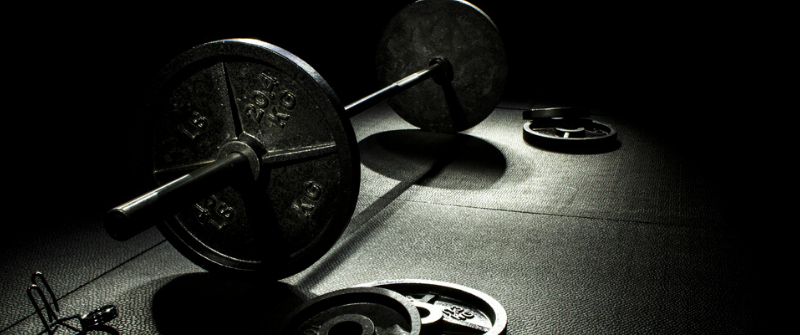
If you own a gym, your business is all about helping people live healthier, more active lives. At its core, it’s a very positive endeavor—so it may feel strange to focus on all the things that can go wrong. But, it’s a smart business move to be prepared. There are a number of ways to protect your business, and one of the most important business practices for gym owners is to have appropriate liability insurance.
Why is Liability Insurance Important for Gym Owners?
Owning a gym has unique business risks that make liability insurance a must. The day-to-day business of a gym creates a heightened environment for risks, including:
- Trip and fall accidents,
- Workout injuries,
- Major health events, and
- Reputational harm claims, among others.
Managing legal fees and consequences for claims of any of the above events or allegations can be catastrophic for a business without liability insurance. Each gym may have specific liability needs, however, and NEXO has extensive experience making the process easy for gym owners, while being custom-tailored for each business’s needs.
What Does Liability Insurance Cover?

General liability insurance covers claims that your business has caused harm to someone else. Claims covered may include:
- Bodily injury,
- Property damage,
- Libel or slander,
- Privacy violations, and
- Copyright infringement.
If an incident or allegation leads to a lawsuit, liability insurance can protect gym owners by helping to pay for legal costs, administrative costs, and third-party medical expenses. Without general liability insurance, and bodily harm claims can cost a gym thousands, or even tens of thousands, of dollars out-of-pocket.
If you sell or endorse products at your gym, such as nutritional supplements, workout gear, clothes, equipment, or other products, you may want to consider product liability insurance as well. Product liability insurance protects your gym from claims of harm or damage from any of the products you sell or endorse.
How to Reduce Your Liability Risk as a Gym Owner
Even though general liability insurance can protect you and your business, you can keep the cost of your insurance low and keep your business running safely and efficiently by taking simple steps to reduce your liability risk.
Avoid Negligence: It sounds simple, but the first step to preventing liability claims is to make sure that your overall property, equipment, and business practices are maintained appropriately and safely.
Require Contractor Coverage: If you hire independent contractors such as trainers, therapists, or instructors in your gym who aren’t covered on your general liability insurance, make it a policy that your contractors carry their own certificate of insurance. Depending on the type of contractor, you may want to explore if they ought to carry medical malpractice insurance as well. Be sure that your contractors’ policies cover the gym in any liability claims.
Create and Enforce Safe Gym Policies: Creating safety policies and procedures for your employees, so that they have a standard of how to run the day-to-day business of the gym safely can be important in reducing your risk of liability claims..
Design Appropriate Member Agreements: You’re there to serve your members, so you want to design a member agreement that works for them and for your business model. Some essential elements of a good agreement that help keep your members safe and protect you from liability can include requiring an orientation session before using equipment, requiring members to self-affirm they are healthy enough to use the gym, and requiring members to sign a release of liability before using the gym’s equipment and services.
What Other Insurance Considerations are Important for Gym Owners?

Keep in mind that, while a general liability insurance policy covers a lot, other coverage may also be necessary. As an insurer for thousands of gyms nationwide, NEXO is familiar with the full scope of insurance needs to keep your gym protected. In addition to general liability insurance, you should consider:
Employee Practices Insurance: General liability insurance doesn’t cover employee issues such as allegations of discrimination, wrongful termination, and sexual harassment.
Equipment Protection: We’re the only company with a specially-designed property insurance policy for fitness facilities and their equipment. We can even seamlessly integrate equipment protection and property insurance with your liability insurance.
Professional Liability: This coverage can protect you in the event that an employee, who is seen as an agent acting on behalf of your business, is accused of negligence.
Special Event Insurance: If you’re sponsoring a special event, you’ll likely have a number of activities that are outside your normal course of business, which aren’t covered by a regular general liability insurance policy. No need for anxiety though—NEXO offers online application and payment for special event insurance, as well as a fast, one-business-day turnaround.
How to Get Started Finding the Right Liability Insurance Policy?
If you’re a gym owner, or planning to open a gym, having appropriate general liability insurance is critical to protecting your business. At NEXO, we insure more than 3,000 facilities in the U.S., and getting started is easy—we’ll provide an analysis and custom quote for free. You can apply online, simplifying the process of finding the right liability insurance policy for you.
We have a lot of valuable and free documents gyms can use.
If you’re a broker looking for innovative insurance solutions for your clients, we invite you to learn more about NEXO Insurance Services. With a focus on technology, flexibility, and customer service, NEXO offers a wide range of insurance products and services designed to meet the unique needs of today’s businesses.
By partnering with NEXO, you can offer your clients the peace of mind that comes with knowing they have the right insurance coverage in place. To learn more about NEXO Insurance Services and how they can help you grow your business, visit our Agents & Broker website or contact us today.
